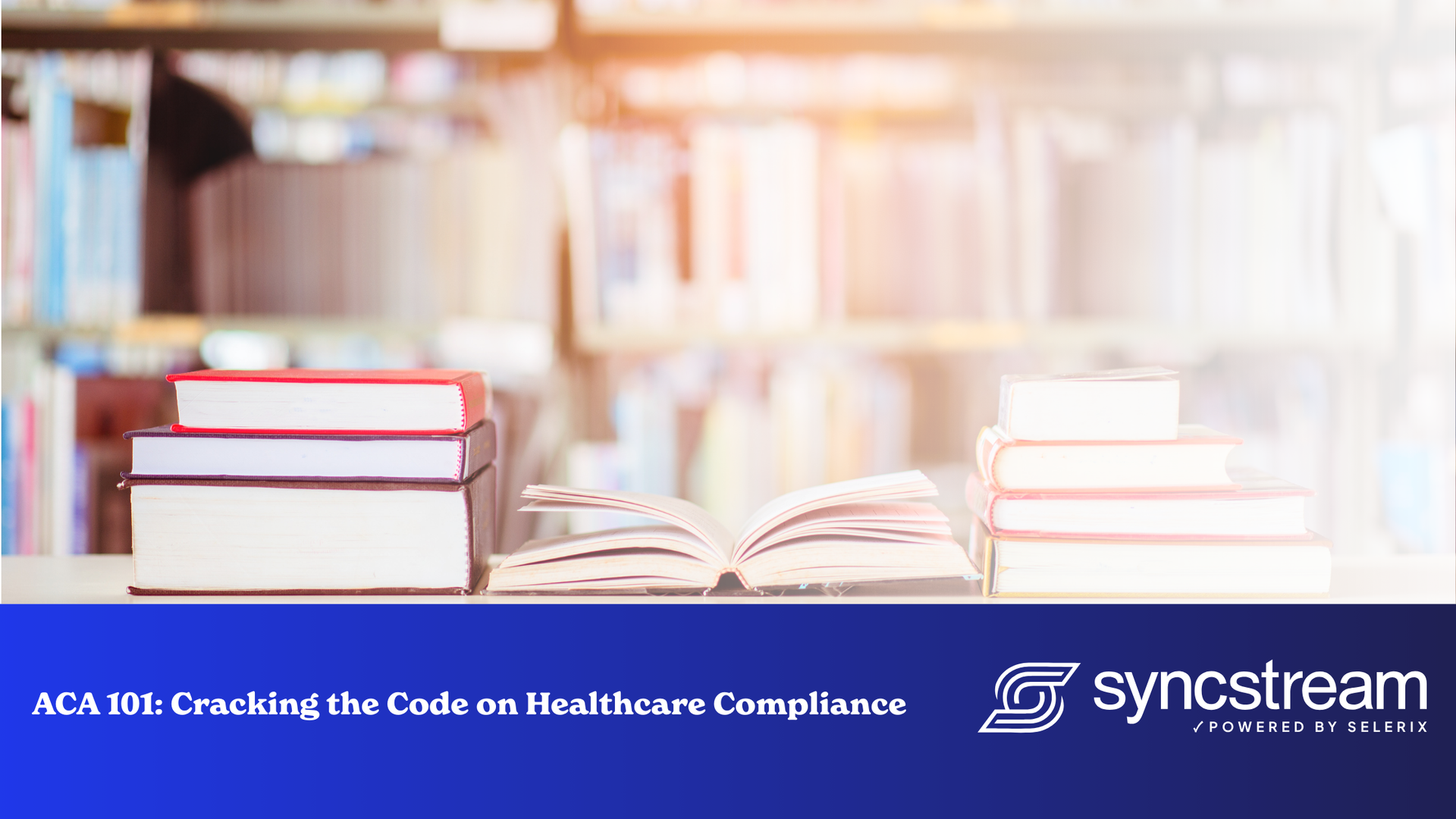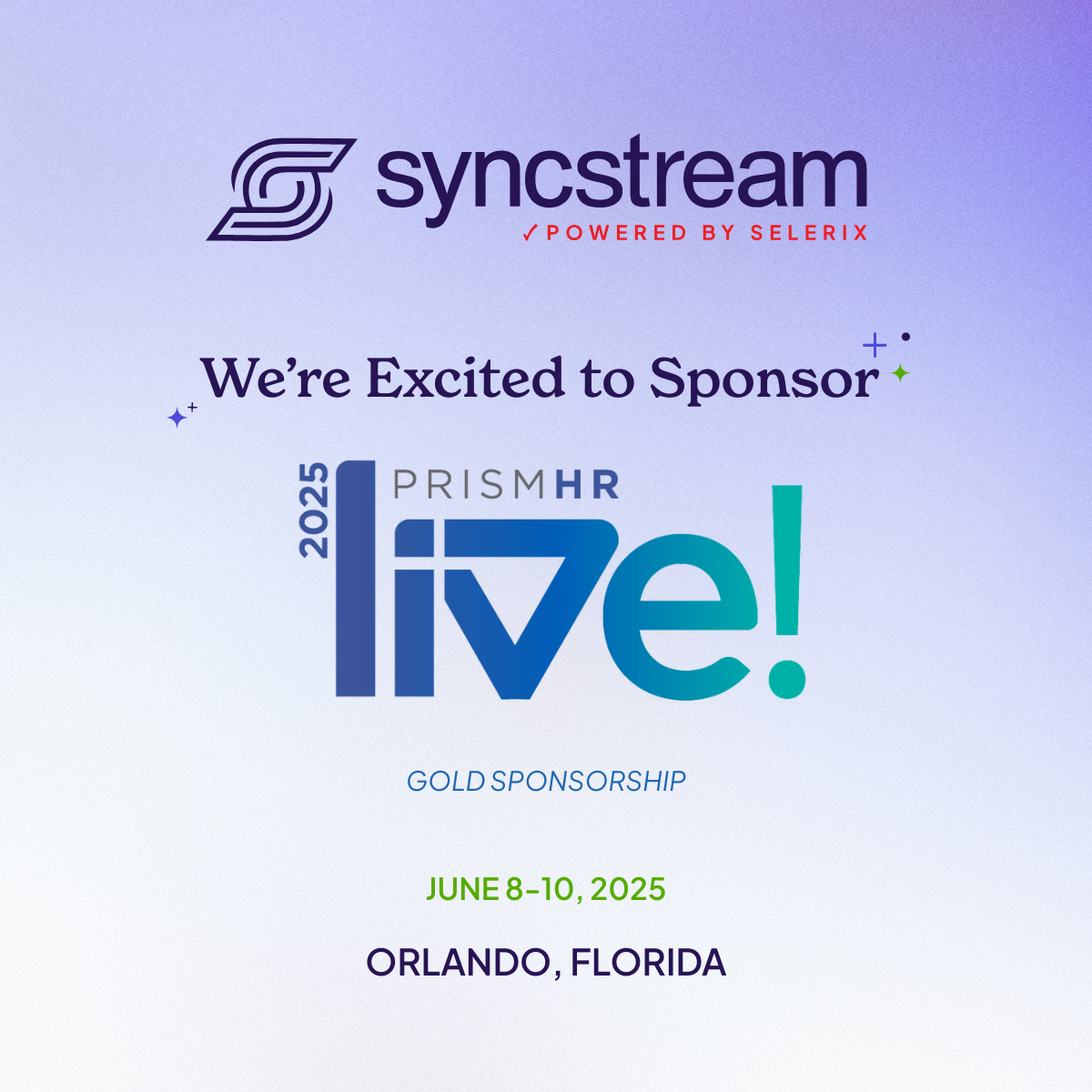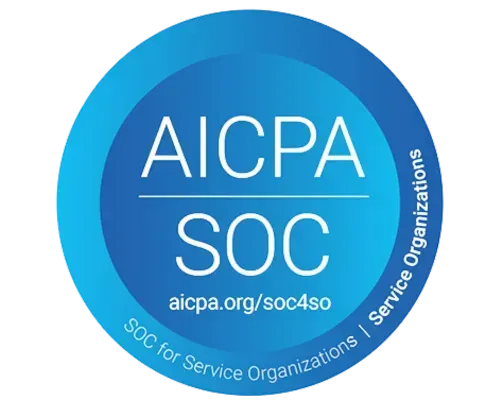Decoding Affordability: A 2023 Guide to Understanding the Affordable Care Act for Employers
Understanding 2023 Affordable Care Act Safe Harbors

- W-2 Affordability Safe Harbor: This method compares 9.12% of an employee's Box 1 W-2 wages with the employee-required contribution to the lowest-cost self-only coverage option. If the contribution does not surpass 9.12% of the W-2 wages, coverage is deemed affordable, and the employer is protected from penalties. This option is particularly suitable for businesses with primarily full-time workers who have regular hours and pay.
- Rate of Pay Affordability Safe Harbor: This approach uses an employee's hourly or monthly salary rate and is recommended for monthly calculations for each full-time employee. To apply this safe harbor, identify each employee's hourly rate, multiply it by 130 hours (statutorily set) for the month, and compare 9.12% of the resulting amount to the required contribution to the lowest-cost self-only coverage option. If the required contribution falls within the affordability threshold, the employer is safeguarded from potential penalties. This safe harbor allows for individualized calculations or a blanket approach using the lowest-earning employee as the benchmark.
- Federal Poverty Level Safe Harbor: This method determines affordability based on the annual federal poverty amount for 100% of an individual's income. Multiply this amount by 9.12%, divide by 12, and compare the result to the required contribution to the lowest-cost self-only coverage option. If the required contribution does not exceed the affordability threshold, the employer is protected from potential penalties.
Choosing the Right Safe Harbor:
Employers only need to meet one safe harbor to prove their plan's affordability. For instance, if a W-2 form demonstrates that a plan is below 9.12% of an employee's income, it can be higher than 9.12% of the federal poverty rate and still be considered affordable. It's vital for employers to utilize at least one safe harbor as a defense mechanism in the event of an audit and to save the company from substantial penalties in the long run.
How SyncStream's Expertise Helps Employers Navigate Affordability Safe Harbors
SyncStream's team of experienced professionals consistently monitors changes to employer mandate regulations and updates their solutions to keep pace with evolving laws. By providing penalty risk assessments and suggesting corrective actions, SyncStream effectively reduces the risk of hefty IRS penalties for your company. SyncStream's subject matter experts and user-friendly compliance software can help employers navigate the affordability safe harbors and maintain ACA compliance.
SyncStream's Comprehensive Approach to ACA Compliance:
- Expert Monitoring and Updates: SyncStream's knowledgeable staff stays up-to-date with the latest changes to employer mandate regulations. They ensure that their solutions are always aligned with the current legal requirements, providing peace of mind for employers.
- Penalty Risk Assessments and Corrective Actions: SyncStream's team conducts thorough penalty risk assessments and offers practical recommendations for reducing your company's risk of incurring substantial IRS penalties. Their proactive approach helps employers address potential issues before they escalate.
- User-Friendly Compliance Software: SyncStream's compliance software simplifies the ACA compliance process by tracking employee hours, auto-populating forms, conducting audits, and e-filing for thousands of Applicable Large Employers (ALEs). With its intuitive interface and automated features, the software saves time and effort for employers, streamlining the entire compliance process.
- Full Service Total ACA Solution: SyncStream's comprehensive Full Service Total ACA solution offers a one-stop-shop for all your ACA compliance needs. By leveraging their expertise and advanced software tools, SyncStream ensures that your company remains compliant with ACA requirements and avoids costly penalties.
Staying compliant with the Affordable Care Act's affordability safe harbors can be challenging, but with SyncStream's expert guidance and user-friendly compliance software, the process becomes significantly more manageable. By entrusting your ACA compliance needs to SyncStream, you can focus on your core business operations while ensuring that your company stays on the right side of ACA regulations.





